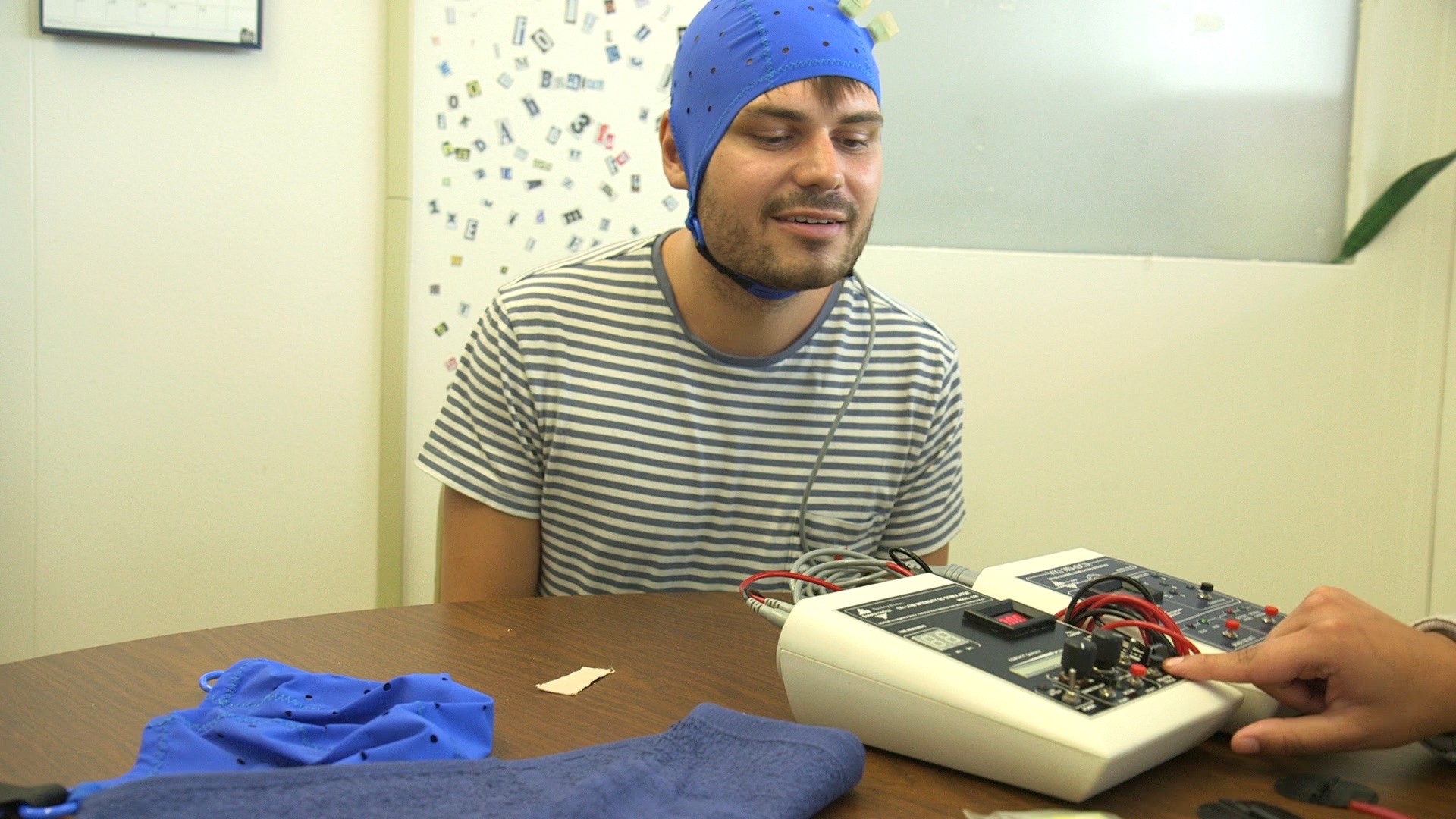Image: Flickr/Monsieur Gordon
Kids who grew up obsessively playing handheld Pokémon games have a vast neurological Pokédex in the middle of their brains, according to a new study.Scientists led by Jesse Gomez, a researcher at UC Berkeley, used the popular franchise to examine how visual stimulation drives brain development. The team published the results on Monday in Nature Human Behavior.Gomez and his colleagues conducted MRI scans on 11 people—deemed “Pokémon experts”—who played handheld games between the ages of five and eight during the 1990s. The scans revealed that a brainfold called the occipitotemporal sulcus, which lines the temporal lobe, was the dedicated spot for the recollection of specific Pokémon in all the subjects.“We found a big difference between people who played Pokémon in their childhood versus those who didn’t,” said Gomez in a video summary of the findings. “ Pokémon experts not only develop a unique brain representation for Pokémon in the visual cortex, but the most interesting part to us is that the location of that response to Pokémon is consistent across people.”Scientists have already established that humans, as well as some primates, organize visual stimuli they experience during childhood into specific neurological regions. For instance, words, faces, and cars are filed away into different folds of the brain.While pursuing his PhD at Stanford University, Gomez realized Pokémon might offer a unique way to probe this process, especially a visual theory called eccentricity bias. The theory suggests that the dimensions and locations of brain regions devoted to visual stimuli are defined by the amount of space in the visual field that those images consume, as well as whether they are primarily observed in a subject’s central or peripheral vision. Because the subjects all played Pokémon on handheld devices, there was a high degree of consistency to those two factors. As children, the subjects used central vision to focus on the on-screen characters, and the images would have generally been held in front of the face, making them about the same size in the visual field across subjects.This may help explain why images of Pokémon characters invariably activated the exact same brain region in all the subjects. Previous studies have shown that the occipitotemporal sulcus is also responsive to animal images, so it makes sense that the animalistic characters of Pokémon end up filed away there.“An intriguing implication of our study is that a common extensive visual experience in childhood leads to a common representation with a consistent functional topography in the brains of adults,” the team wrote in the study.“This suggests that how we look at an item and the quality with which we see it during childhood affects the way that visual representations are shaped in the brain.”In other words, if you are an aging Pokémon expert who can still nail even the most obscure rounds of Who’s That Pokémon? you have your occipitotemporal sulcus to thank.Get six of our favorite Motherboard stories every day by signing up for our newsletter.
Because the subjects all played Pokémon on handheld devices, there was a high degree of consistency to those two factors. As children, the subjects used central vision to focus on the on-screen characters, and the images would have generally been held in front of the face, making them about the same size in the visual field across subjects.This may help explain why images of Pokémon characters invariably activated the exact same brain region in all the subjects. Previous studies have shown that the occipitotemporal sulcus is also responsive to animal images, so it makes sense that the animalistic characters of Pokémon end up filed away there.“An intriguing implication of our study is that a common extensive visual experience in childhood leads to a common representation with a consistent functional topography in the brains of adults,” the team wrote in the study.“This suggests that how we look at an item and the quality with which we see it during childhood affects the way that visual representations are shaped in the brain.”In other words, if you are an aging Pokémon expert who can still nail even the most obscure rounds of Who’s That Pokémon? you have your occipitotemporal sulcus to thank.Get six of our favorite Motherboard stories every day by signing up for our newsletter.
Advertisement

Advertisement
